[ Illustration of youth picking coca crops ]
Six years ago, María* moved from Cali, one of Colombia’s most dangerous cities, to the capital Bogotá, to escape the drug trade so many of her peers had become embroiled in.
“When you see a primo [cousin] die, things change, you know you need change,” she says.
Now, at 23, María is working as a youth hostel employee, where she hosts weekly events for disadvantaged youths in her neighbourhood in Bogotá. During these events, she reflects on the violence she witnessed throughout her childhood, and by sharing her own experiences she attempts to demonstrate that there are opportunities outside of the drug trade.
María preaches to promote investment in education and disadvantaged areas. And, although she admits her outreach isn’t particularly large, given that she runs the events on her own, she asserts that it’s better than doing nothing.
“They need to know there are other options. I am much happier and feel much safer here, but so many people fall into the drug route, it’s hard not to be swung by the offer of easy cash money,” she says.
Large and established cartels, such as the infamous Medellin Cartel, have historically recruited children as mules, sicarios [assassins], bodyguards and lookouts, knowing that this demographic is a source of cheap labour that can easily be replaced.
The Colombian government, with funding from the US has typically responded to such problems with harsh crackdowns and the destruction of coca crops.
Yet, despite the billions of dollars invested in eradication projects over the last few decades, coca crops have continued to spread across the country, while the exportation of cocaine has increased by 43 per cent. This, in turn, has led to an increased number of youths working in the illegal drug trade, as drug mules, and as labourers picking the crops.
Yet, it’s taken until 2022, when the current, youth-backed, leftist president, Gustavo Petro, was voted into office, for any alternate measures to be taken against the problem.
Petro, recognising the failures of his predecessors, has been vocal about his distaste for the war on drugs, and has signalled a shift away from prohibition from the onset of his presidency.
Instead, Petro plans to de-escalate violence, and prevent youths from joining gangs, through new initiatives and strategies such as the National Development Plan 2022-2026 “Colombia World Power of Life”.
Also Read: Young people are pushing for British Sign Language to be taught in schools
In response to questions from Clay magazine, a spokesperson for President Petro said this plan will address “the dynamics of youths falling into violence and criminality” through the formulation and enactment of a new national drug policy “to move towards a new policy paradigm focused on the care of life.”
This will see a 60 per cent reduction in coca eradication projects and moves towards the decriminalisation of cocaine. His Legalisation of Marijuana Bill passed through the House of Representatives on 10 May.
For Estefanía Villamizar, the community manager of the youth group Echele Cabeza, this is long overdue. “The war against drugs disproportionately affects the youth, mostly the poorest youth in the general society, in terms of violence and lack of knowledge of the substances,” she says. “What we need is legalisation and regulation, because regulation implies a more direct intervention on behalf of the government, looking at production and commercialisation.”
Since 2010, Echele Cabeza have been educating Colombians between the ages of 17 and 25 on the effects of drugs, running their own drug testing services, treating drug users as citizens, not criminals, and pushing for the full legalisation of drugs.
“Opportunities across the country are unequal, the majority of the youth don’t have access to higher education or dignified work and there is little social movement in the country, so many of them have to rely on the illegal market to survive,” says Villamizar. “Legalisation isn’t the magic solution to Colombian problems, but it helps in terms of reducing violence and corruption related to narco traffic, which has social benefits as it reduces exclusion in Colombia.”
But some youths, like María, remain skeptical of how legalisation can change the situation in Colombia.
“The cocaine problem is not internal, it is the massive export that has ruined Colombia,” she says.
María went on to say that the price of a gram of cocaine in Colombia is around 17,000 pesos, or the equivalent of $3.79. Which is a marked contrast to the prices consumers pay in the US. There, the average retail price could range anywhere from $25 to $200.
“As the markets are abroad, illegal production will continue, as will the current gang problem. It is more important that we put into disadvantaged areas of our country, and teach children that there are opportunities in the country other than drug trafficking,” María says.
Throughout the 90s, Medellin’s Comuna 13 was one of the most dangerous neighborhoods in the world. Controlled by cartels, who used it as a drug route in and out of the city, crime was rife. And, in 1991 alone 7000 murders were recorded.
But, in 2011 the Colombian government began investing in the area; outdoor escalators were installed that connected Comuna 13 to the city, and the areas surrounding the escalators were painted by local artists. Now, as a tourist hotspot, the revenue has reshaped the neighbourhood.
This has given María hope that similar plans can be implemented around the country. For her, Petro’s ‘tax-the-rich’ plan, which has been estimated to bring in $11.5bn a year to fund rural and disadvantaged communities, will have the same effect.
“This will provide new opportunities for the country’s young people,” Petro’s spokesperson told Clay magazine.
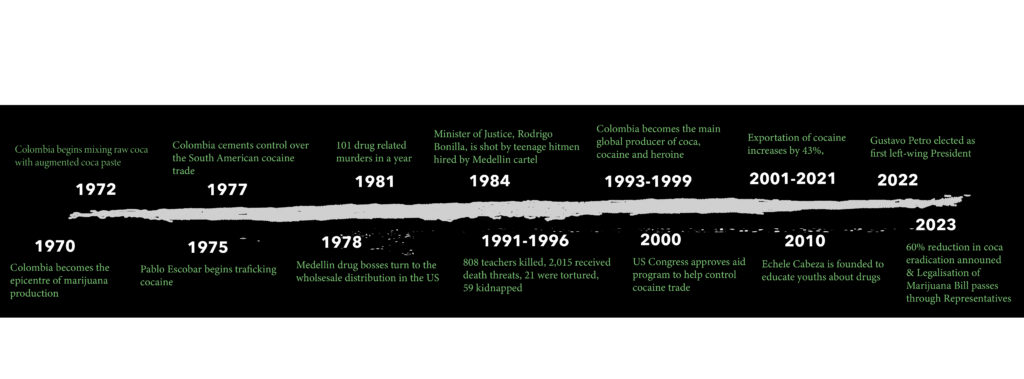
*name changed for anonymity
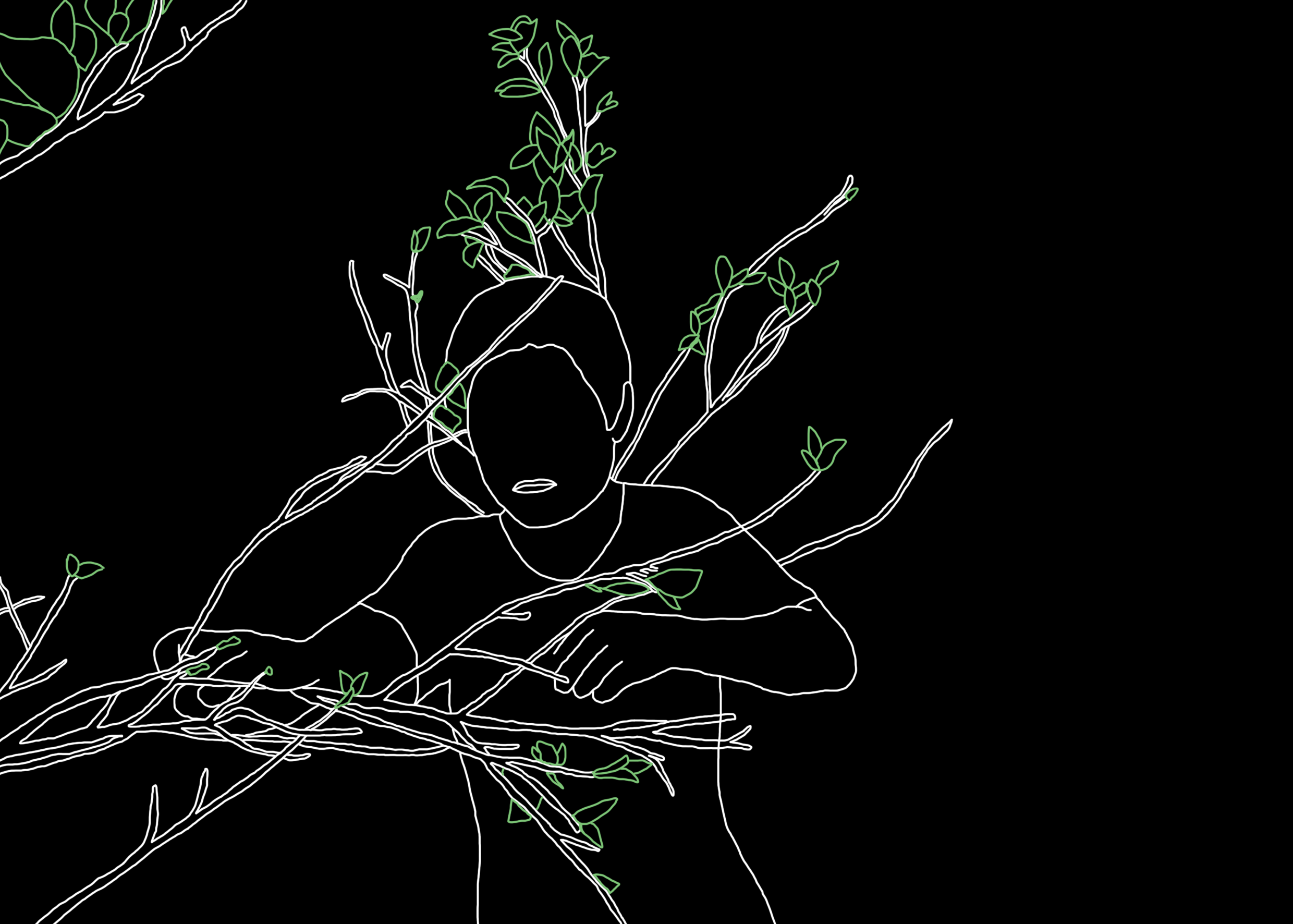
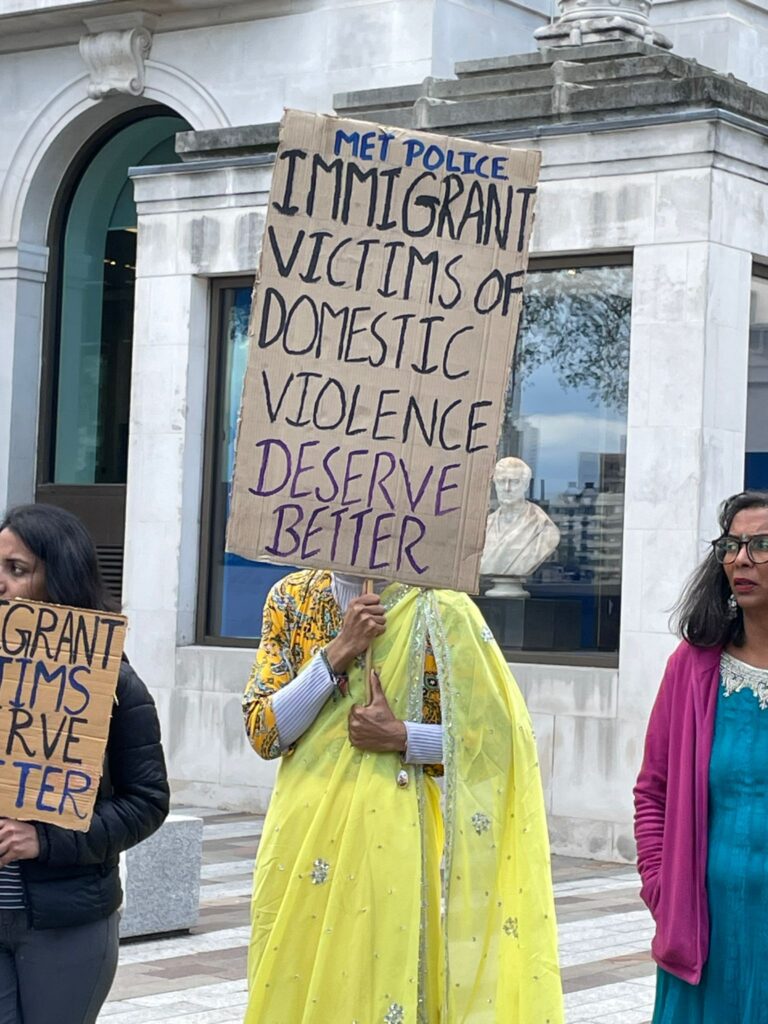




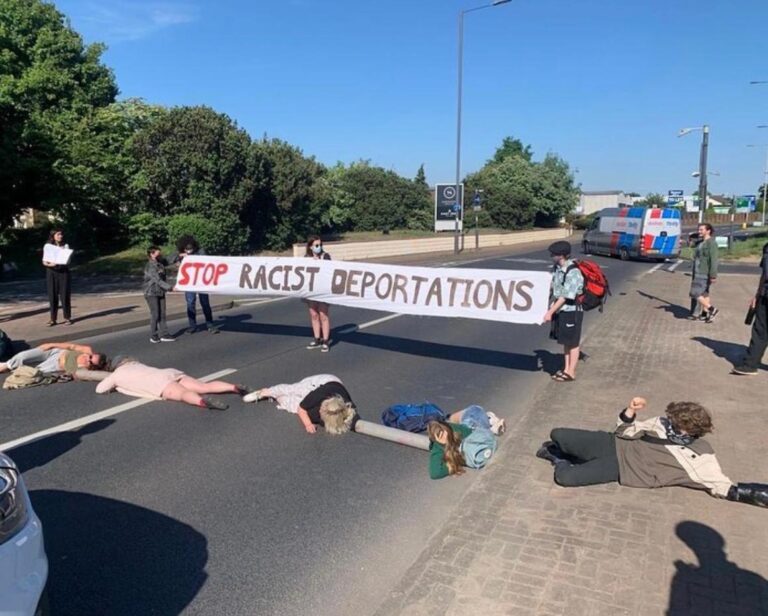



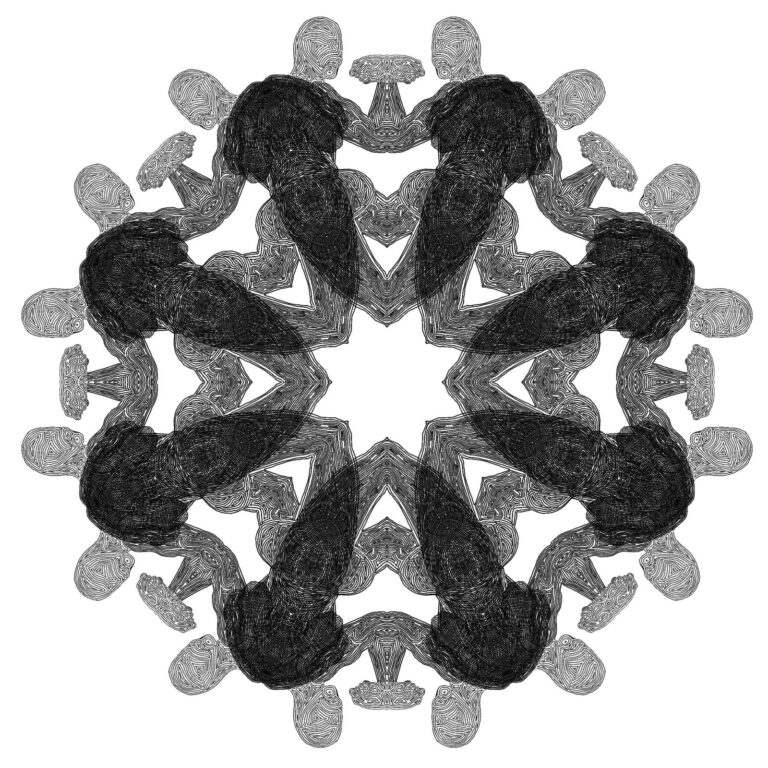
[…] Also Read: The future is legal: the Colombian youths fighting against the illegal drug trade […]